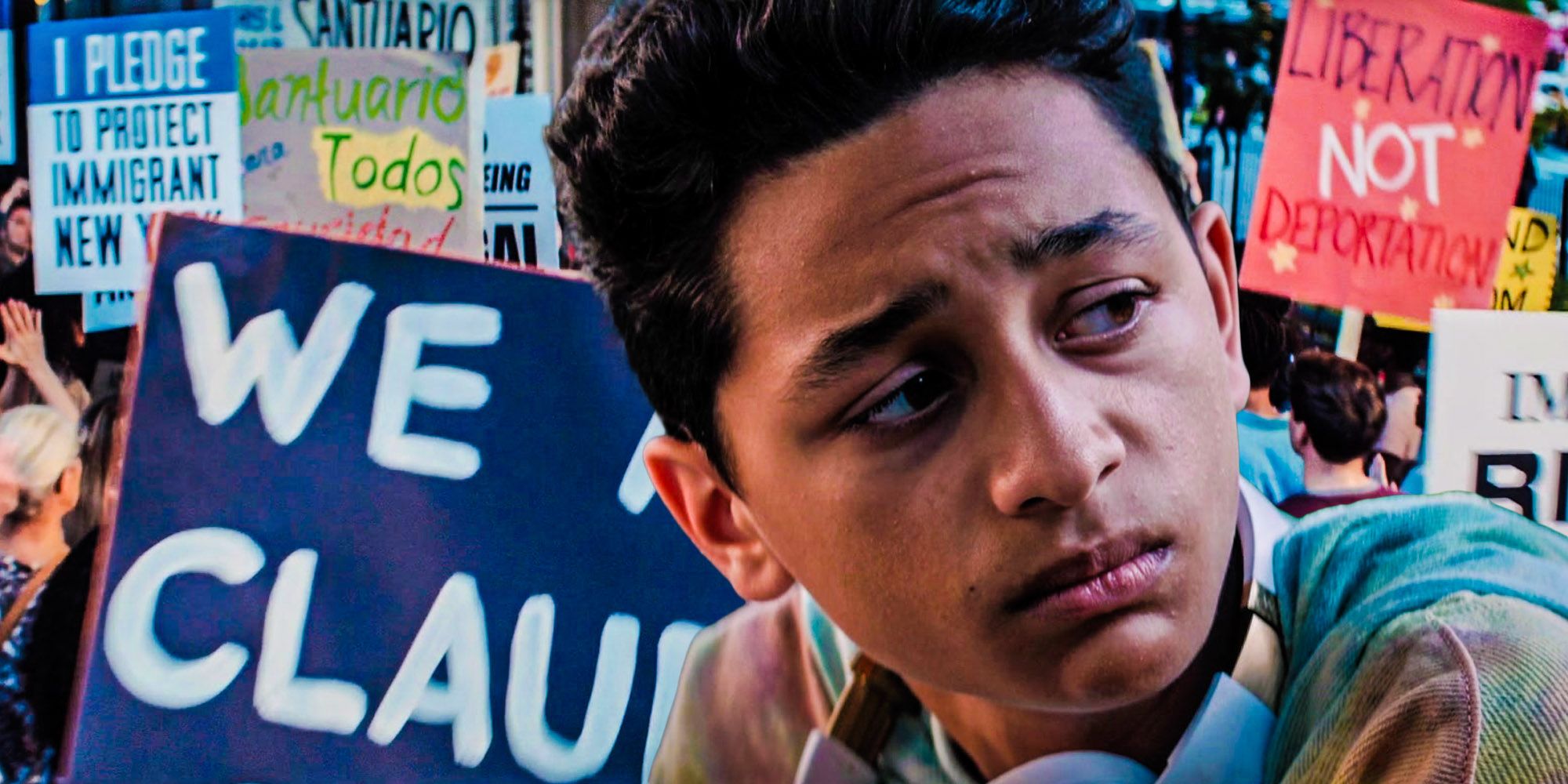The 2021 movie version of Lin-Manuel Miranda’s In the Heights featured a number of major changes from the original Broadway musical, but one in particular improved the story. Moving from stage to film usually requires a degree of updating, and Jon M. Chu’s adaptation of the musical is no different. Though the film retained much of the original book, as written by Quiara Alegría Hudes, as well as Lin-Manuel Miranda’s songs, it reframes many of the characters’ personal stories to refocus on a more modern idea of community.
Set in the Latinx New York neighborhood Washington Heights, In the Heights follows a breadth of characters from a variety of Latinx backgrounds, primarily Usnavi de la Vega (Anthony Ramos). Determined to return to the Dominican Republic and rebuild his late father’s legacy, Usnavi recounts the stories of his chosen family to both the audience and the younger generation of the neighborhood.
At the base of it all, every named character in In The Heights struggles with finding or strengthening community. And while this core idea is no different from the musical, the 2021 movie’s major changes all serve to update the story for a more modern time. Sonny and Nina in particular see major additions to their storylines, as these two youngest characters are reframed in conjunction with the growing DREAMer movement. These changes improve upon the spirit of the original musical and are what makes Chu’s In the Heights a better film.

Sonny, Usnavi’s sassy and ambitious younger cousin, was characterized as focused on social justice in the original version of In The Heights. However, the film adapted his storyline into one about immigration, and Sonny deals with his status as an undocumented immigrant. The choice to cast a younger actor for the In The Heights movie was itself a major change, as it leads to a stronger representation of many modern-day young social activists. Nina’s plotline also involves the DREAMer movement: in the film, the revelation about Sonny’s undocumented status inspires her to return to school to fight for undocumented children’s rights. Again, this updates In the Heights for a more relatable modern take, bringing it closer to the real issues that continue to affect Latinx communities today.
A small moment in Usnavi’s story has its own major effect. Rather than discovering the lottery ticket earlier, Usnavi finds it tucked away after Abuela Claudia’s passing. This has a major impact on his ultimate decision to stay in Washington Heights, as Usnavi – not Nina – becomes inspired to follow Claudia’s lead and honor the barrio by staying in it. It is this small change that entirely redirects his perspective, as he sees that his dream, his sueñito, lies not in the Dominican Republic, but rather the chosen family that he has built his life with. Here, the movie once again builds upon the idea of community, of building a home and a place for the younger generation, and of looking toward the future rather than the past.
All of the changes within Chu’s In the Heights serve to bring the characters into a tighter family unit, creating a powerful picture of community. The film preserves the original spirit of the musical by keeping true to the message of home being where one’s community is, while re-contextualizing the barrio among modern-day social issues. Ultimately, the movie’s biggest changes are what makes it so successful, as it leaves behind a legacy that honors where it came from – not unlike Usnavi himself.
Next: Everything We Know About In The Heights 2




